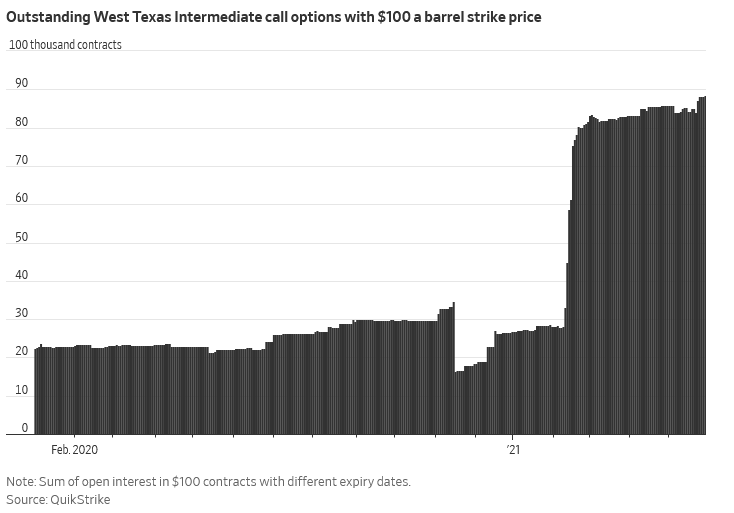…of socialism’s control of private enterprise. California’s Progressive-Democrat Governor Gavin Newsom has issued this diktat for how California-domiciled businesses must operate vis-à-vis the waning Wuhan Virus situation in that State.
Businesses were told by the state that they will have three options related to vaccines and mask mandates. Business owners can provide information to customers and not require anything at all. They can implement “vaccine verification” to determine which people must wear a mask, or they can require everyone to wear a mask.
Those three, and no other, options. Never mind that a business might wish, instead, to provide separate (not necessarily masked) seating for those not vaccinated. That’s not allowed.
No business decision to not ask at all a customer’s medical status regarding the virus. That’s not allowed.
No business decision to discriminate between not vaccinated by individual choice and not vaccinated by already having had the virus and recovered from it, and so not needing vaccination (another individual choice). That’s not allowed.
No business decision to do nothing at all, including not spending money on a State-mandated information campaign aimed at business’ customers. That’s not allowed.
No business decision to…. Don’t even think about it. That’s not allowed.
No, this is the socialist government dictating to private enterprise how it must operate. This is the socialist government dictating to private enterprise the government-allowed performance options.
Socialism: government control of the means of production. Government control of private enterprise.
Socialism: private enterprise isn’t private—it’s government enterprise.


